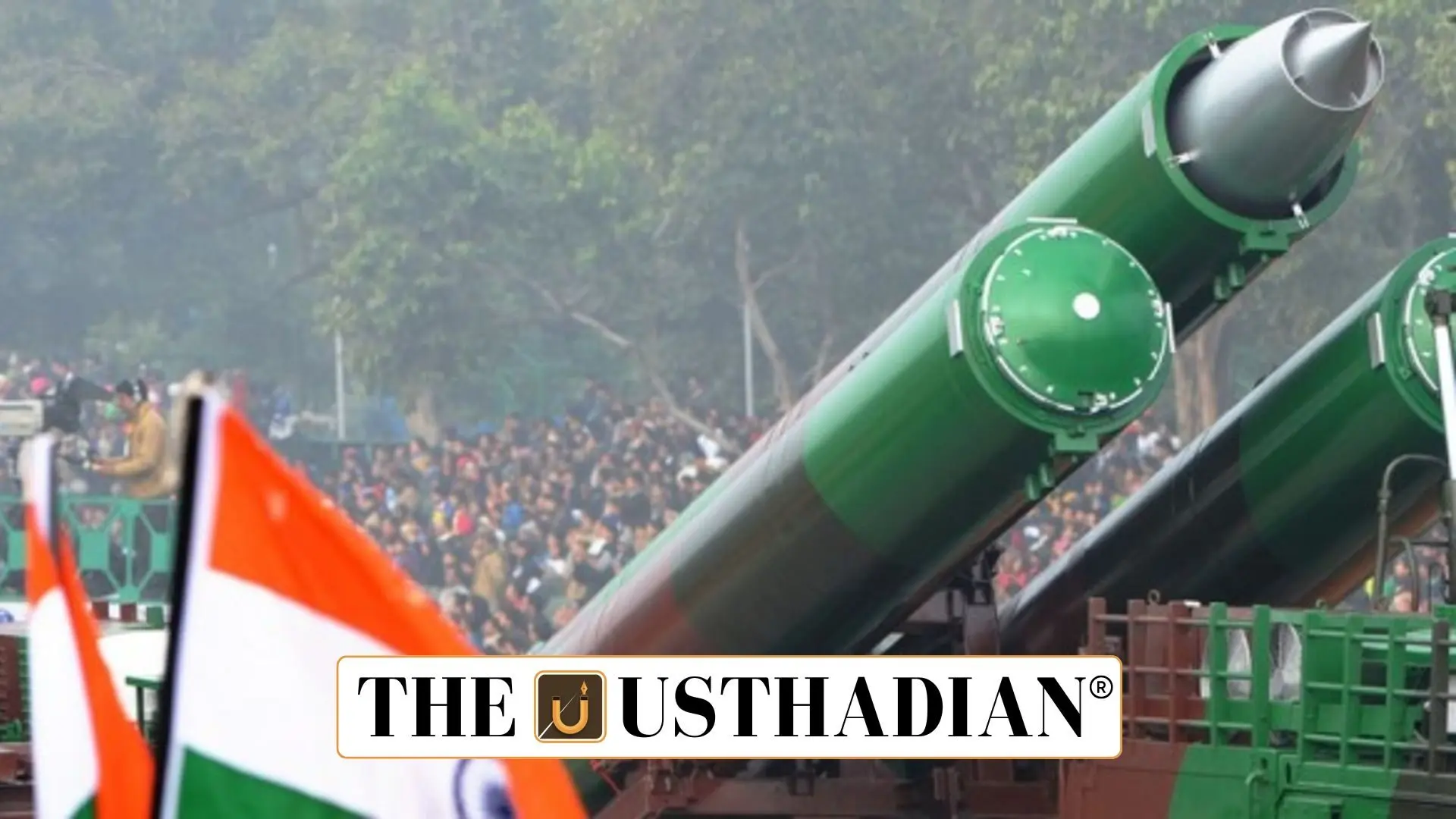India’s growing nuclear capability
India’s Nuclear Arsenal Grows in 2024 as Global Arms Race Heats Up: India’s nuclear programme made headlines once again with the SIPRI Yearbook 2025 confirming that the country has slightly expanded its nuclear arsenal in 2024. More importantly, India is now developing new nuclear delivery systems, including canisterised missiles, which can be launched faster and more efficiently. This marks a significant step forward in India’s military preparedness, especially as regional dynamics continue to evolve.
Canisterised systems allow for storing missiles with warheads already mated, reducing launch time. These advanced systems may soon support MIRVs (Multiple Independently targetable Reentry Vehicles), allowing a single missile to hit multiple targets. This aligns with India’s focus on maintaining a credible minimum deterrence while ensuring readiness.
Shifts in the global nuclear landscape
The world’s nuclear powers are no longer in a state of pause. All nine nuclear-armed countries—the US, Russia, China, India, Pakistan, UK, France, Israel, and North Korea—are actively upgrading their arsenals. According to SIPRI, this signals the emergence of a “dangerous new nuclear arms race”.
While India’s expansion has been gradual, China has made rapid gains, increasing its warhead count to over 600 and constructing 350 new ICBM silos. With its aggressive push, China could rival the US or Russia in missile strength by 2030.
India’s doctrine and posture
Despite the technological upgrades, India continues to stick to its No First Use (NFU) policy. It believes in deterring adversaries rather than provoking conflict. This policy, backed by the principle of minimum credible deterrence, ensures that India’s nuclear strategy remains defensive and measured.
Still, India’s focus on MIRVs and fast-launch systems suggests a desire to stay technologically competitive. In a region like South Asia, where India shares borders with two nuclear-armed states, China and Pakistan, strategic balancing is essential.
Global numbers and operational alert
As of January 2025, the world houses an estimated 12,241 nuclear warheads. Out of these, around 9,614 are part of military stockpiles, and roughly 3,912 are already deployed. Shockingly, over 2,100 warheads are kept on high operational alert, mostly by the US and Russia, with China possibly joining this group.
A historic backdrop
The Stockholm International Peace Research Institute (SIPRI), founded in 1966, is a global authority on arms control and international security. The latest report reminds the world that although the Cold War ended decades ago, the threat of nuclear escalation still looms—just in a more technologically advanced form.
Static Usthadian Current Affairs Table
| Summary/Static | Details |
| Reporting Organization | Stockholm International Peace Research Institute (SIPRI) |
| India’s Status | Slightly expanded nuclear arsenal in 2024 |
| New Capability | Canisterised missiles, possible MIRV deployment |
| India’s Doctrine | No First Use, Credible Minimum Deterrence |
| China’s Growth | 600+ warheads, 350 new ICBM silos built or nearing completion |
| Global Nuclear Warheads (2025) | 12,241 total; 9,614 in stockpiles; 3,912 deployed |
| High Alert Warheads | Over 2,100 (mainly US, Russia) |
| Nuclear Powers | US, Russia, China, India, Pakistan, UK, France, Israel, North Korea |
| India’s Geopolitical Region | Indo-Pacific, South Asia |
| ICBM Full Form | Intercontinental Ballistic Missile |








